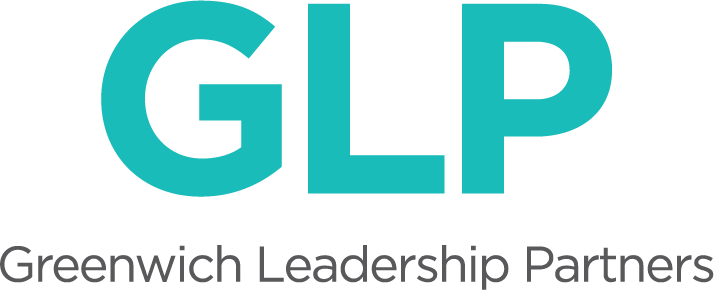On Friday, April 10, GLP’s Stephanie Rogen served as a panelist for a school leadership roundtable discussion facilitated by Michael Nachbar, Executive Director of Global Online Academy (GOA). The session was split between panelists sharing their thoughts and small group discussions in breakout rooms, all of which centered on the following key questions:
As educators around the world have had to design and manage distance learning plans in a short amount of time, many school leaders are now contemplating what impact these changes will have on our schools when they reopen. What will follow this unprecedented global transition to online learning and how might this change the way our schools operate?
Stephanie was one of a number of insightful panelists who were well-positioned to offer thought-provoking commentary on how distance learning might create new challenges and opportunities for our schools. Other panelists included Nicole Furlonge (Professor of Practice and Director of the Klingenstein Center at Columbia University’s Teachers College), Madeleine Hewitt (Executive Director of Near East South Asia Council of Overseas Schools), and Mark Milliron (Co-Founder and Chief Learning Officer of Civitas Learning).
If you weren’t able to attend the discussion, we wanted to share a few of Stephanie’s thoughts from the session:
How might schools look past the short-term response to this crisis — what Stephanie describes as the “triage piece” — and look towards the future? Does your school currently have the capacity to balance these two timeframes and the mindset that this should be a priority? Are you looking ahead to multiple scenarios for summer and the opening of school in the fall? If not, how might your school shift in order to build capacity here — recognizing that you must plan for flexibility, rather than a specific scenario?
The “normal path of a learning career,” as Stephanie describes it, typically moves from pre-K through college in a linear progression. This massive shift to distance learning may encourage both educational institutions and learners to consider opening up multiple pathways for learning rather than sticking to that traditional sequence.
Nicole Furlonge reminded us that this pandemic has revealed numerous inequities that schools haven’t yet tackled and need to think about more deeply. While many schools have begun to address some of these short-term needs — for example, in the area of student access to technology at home — school leaders and board leaders must also be prepared to consider their responses to the long-term economic and social impacts of this crisis. Schools who take a strategic approach to those challenges will find themselves tackling issues that were probably put in the “deferred maintenance” category anyway — and their institutions will be better off for their work.
For years, GLP has advocated for schools developing “R&D (research and development) units,” both for strategic and financial reasons. While many schools have traditionally been reluctant to reimagine their org chart in a way that would facilitate creating these agile teams, there are a number of schools who have begun that work as part of their response to the pandemic. Schools are already beginning to see the benefit of pulling together talented and hungry members of the community who might not be in traditional titled leadership roles and sharing their learning in a collaborative way.

